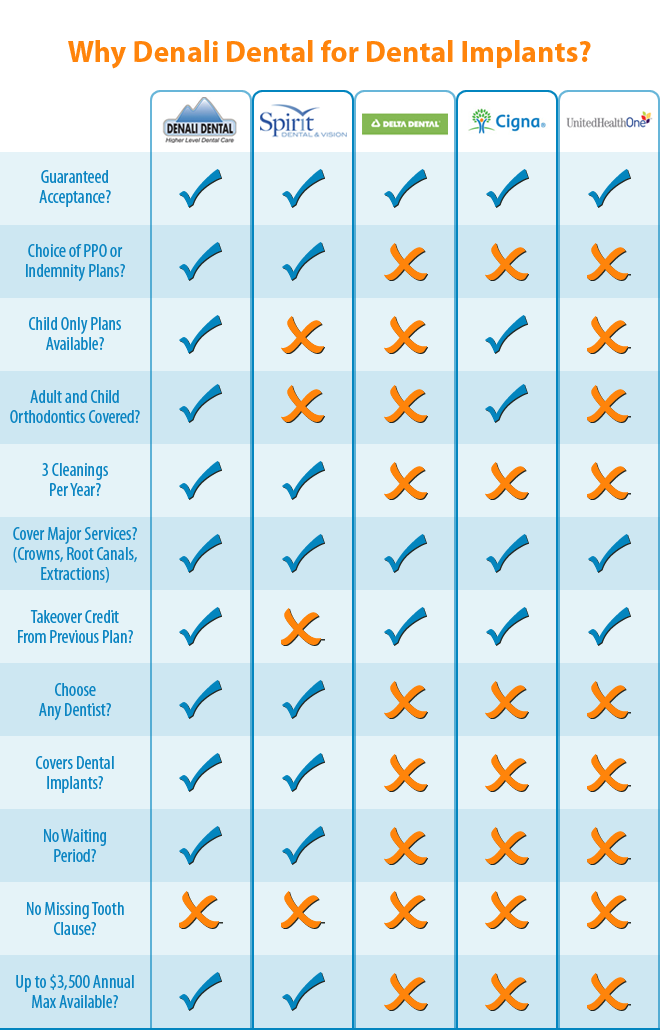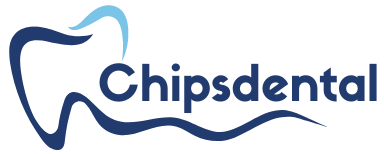Dental insurance plans help cover the costs of dental care. They typically include benefits for preventive, basic, and major services.
Dental health is crucial for overall well-being, and dental insurance plans serve as a safeguard against the financial strain of dental procedures. These plans can come in various forms, including DHMOs, PPOs, and indemnity plans, each offering a different level of flexibility and choice regarding dental care providers.
They often cover routine check-ups, cleanings, x-rays, fillings, and sometimes even more expensive procedures like root canals and orthodontics. Carefully choosing the right dental insurance plan can lead to significant savings on dental care costs and encourage regular dental visits, contributing to better dental health and early detection of issues.
The Essence Of Dental Insurance
Everyone needs a healthy smile. Dental insurance plans acts as a guardian for your teeth. It saves you from the shock of hefty dental bills. Yet, many overlook its importance. Let’s unlock the power of dental insurance.
Exploring The Benefits
Good dental health is a priceless asset. Dental insurance plans ensures it stays that way. Here’s why it’s beneficial:
- Cost Savings: Pay less for check-ups, cleanings, and X-rays.
- Preventive Care: Get regular visits to prevent costly issues.
- Peace of Mind: Rest easy knowing dental emergencies won’t break the bank.
Types Of Coverage Available
Various dental plans await. Choose one that suits your tooth care needs. Check out the types:
| Plan Type | What It Covers |
|---|---|
| DHMO | Basic procedures at low or no cost |
| PPO | Wider choice of dentists |
| Indemnity Plans | See any dentist, get a fee schedule |
| Discount Plans | No monthly premiums, discounts on services |
Choosing The Right Dental Plan
Finding the best dental insurance plan can be like finding a needle in a haystack. With several options available, it’s crucial to know what to look for. A plan that fits one person’s needs may not suit another’s. It’s all about smart choices and the specifics.
Factors To Consider
Begin by assessing your individual needs. Think about your current dental health and frequency of visits. Consider your budget. Look at the network of dentists and coverage options. Keep in mind any pre-existing conditions. Prioritize what matters most to you in a plan.
- Dental Needs: Frequency of cleanings, check-ups, and procedures
- Budget: Monthly premiums, deductibles, and co-payments
- Provider Network: Preferred dentists and specialists in-network
- Coverage: Preventive care, basic procedures, and major services
- Waiting Periods: Time before benefits start
- Pre-existing Conditions: Covered treatments for ongoing issues
Comparing Hmo, Ppo, And Indemnity Plans
Dental insurance plans come in different shapes and sizes. Understanding their differences helps in making an informed choice. HMOs tend to be more affordable with a focus on preventive care. PPOs offer more flexibility with a wider network of dentists. Indemnity plans give the most freedom but often at a higher cost.
| Plan Type | Network Flexibility | Cost | Choice of Dentist |
|---|---|---|---|
| HMO (Health Maintenance Organization) | Limited | Lower | Must choose from a list |
| PPO (Preferred Provider Organization) | Moderate | Medium | Wider network, some out-of-network coverage |
| Indemnity | High | Higher | Any dentist of choice |
Compare the pros and cons of each plan. An HMO might limit your choices but keep costs down. A PPO could offer a good balance between cost and flexibility. An indemnity plan may be best for those preferring a specific dentist not in a network. Your decision should align with your individual requirements and budget.
Understanding Premiums, Deductibles, And Co-pays
Navigating the world of dental insurance plans can be tricky. Key terms like premiums, deductibles, and co-pays heavily influence the cost and quality of your dental care. This section simplifies these concepts, ensuring you make informed decisions about your dental health investments.
Breaking Down Insurance Costs
Understanding your dental insurance plan’s costs is critical. The premium is the amount you pay monthly or annually for your insurance. The deductible is what you pay out-of-pocket before your insurance kicks in. Once you’ve met your deductible, co-pays are the fixed amounts for certain services.
Example of Insurance Costs:
| Cost | Description | Impact on You |
|---|---|---|
| Premium | Regular payment for coverage | Monthly budget planning |
| Deductible | Initial amount before coverage | Annual out-of-pocket expense |
| Co-pay | Fixed payment per service | Cost per dentist visit |
How These Affect Your Pocket
The balance between premiums, deductibles, and co-pays directly affects your healthcare expenses. A higher premium might mean a lower deductible, reducing upfront costs. Conversely, a higher deductible could mean lower monthly premiums but more out-of-pocket costs when you need care.
- Lower premium plans can save you money if you don’t visit the dentist often.
- Lower deductibles reduce your initial costs for dental work.
- Co-pays represent consistent, predictable expenses each visit.

Credit: www.towsonmddentist.com
Navigating The Fine Print
Understanding dental insurance plans is crucial for smart healthcare decisions. A close look at the fine print reveals important plan details. Focus on annual maximum benefits and waiting periods.
Annual Maximum Benefits
Annual maximum benefits cap your coverage. Know this amount to avoid unexpected costs.
- Check your plan: Locate the yearly limit.
- Budget wisely: Plan dental visits to maximize benefits.
- Consider timing: Schedule costly treatments across calendar years.
Pre-existing Conditions And Waiting Periods
Insurers may have rules for pre-existing conditions. A waiting period might delay coverage. Understand your plan to ensure you’re covered when needed.
| Condition | Waiting Period | Covered (Y/N) |
|---|---|---|
| Fillings | 6 months | Y |
| Root Canal | 12 months | N |
Policies vary, so read carefully:
- Review your policy: Familiarize yourself with conditions and periods.
- Ask questions: Call your insurer for clarification.
- Plan treatment: Schedule procedures after waiting periods.
Maximizing Dental Insurance Benefits
Dental insurance plans provides a path to healthy teeth and peace of mind. Yet, many miss the perks they’re entitled to. Learn to use benefits to the fullest and minimize out-of-pocket costs.
Preventative Care Strategies
Regular check-ups are key in dental health. Most dental plans fully cover these visits. Look up the plan details. Schedule cleanings and exams within the policy frequency. This ensures no cost preventative care.
- Annual Cleanings: Book two per year for plaque removal and dental exams.
- Sealants: Some policies cover these protective coatings, ideal for children.
- X-rays: Check if bitewing x-rays are included yearly.
Coordination Of Benefits With Other Insurance
If holding multiple insurances, understand their coordination. An effective strategy avoids duplicated coverage and wasted benefits.
| Policy 1 (Primary) | Policy 2 (Secondary) |
|---|---|
| Covers 80% of basic procedures | Might cover the remaining 20% |
| Primary for the policyholder | Kicks in after the primary limitations met |
For optimal use, submit claims to the primary first. Then, the secondary insurer manages leftover costs. This approach stretches your dental coverage dollar.

Credit: www.puresmilesmarietta.com

Credit: www.dentalinsuranceshop.com
Frequently Asked Questions For Dental Insurance Plans
What Does Dental Insurance Cover?
Dental insurance plans typically covers preventive care like cleanings, exams, and X-rays, basic procedures such as fillings, and sometimes major services like crowns and bridges.
How Much Does Dental Insurance Cost?
The cost of dental insurance plans varies depending on the provider, plan type, level of coverage, and geographical location but generally ranges from $15 to $50 per month.
Can I Get Dental Insurance Anytime?
Yes, you can usually purchase individual dental insurance plans at any time, unlike health insurance, which often has specific enrollment periods.
Conclusion
Navigating dental insurance plans can be challenging, yet it’s a vital step towards safeguarding your oral health. Remember, the right choice balances cost with coverage, ensuring access to necessary dental care without financial strain. As you consider your options, let clarity and value guide your decision for a healthier, brighter smile.

